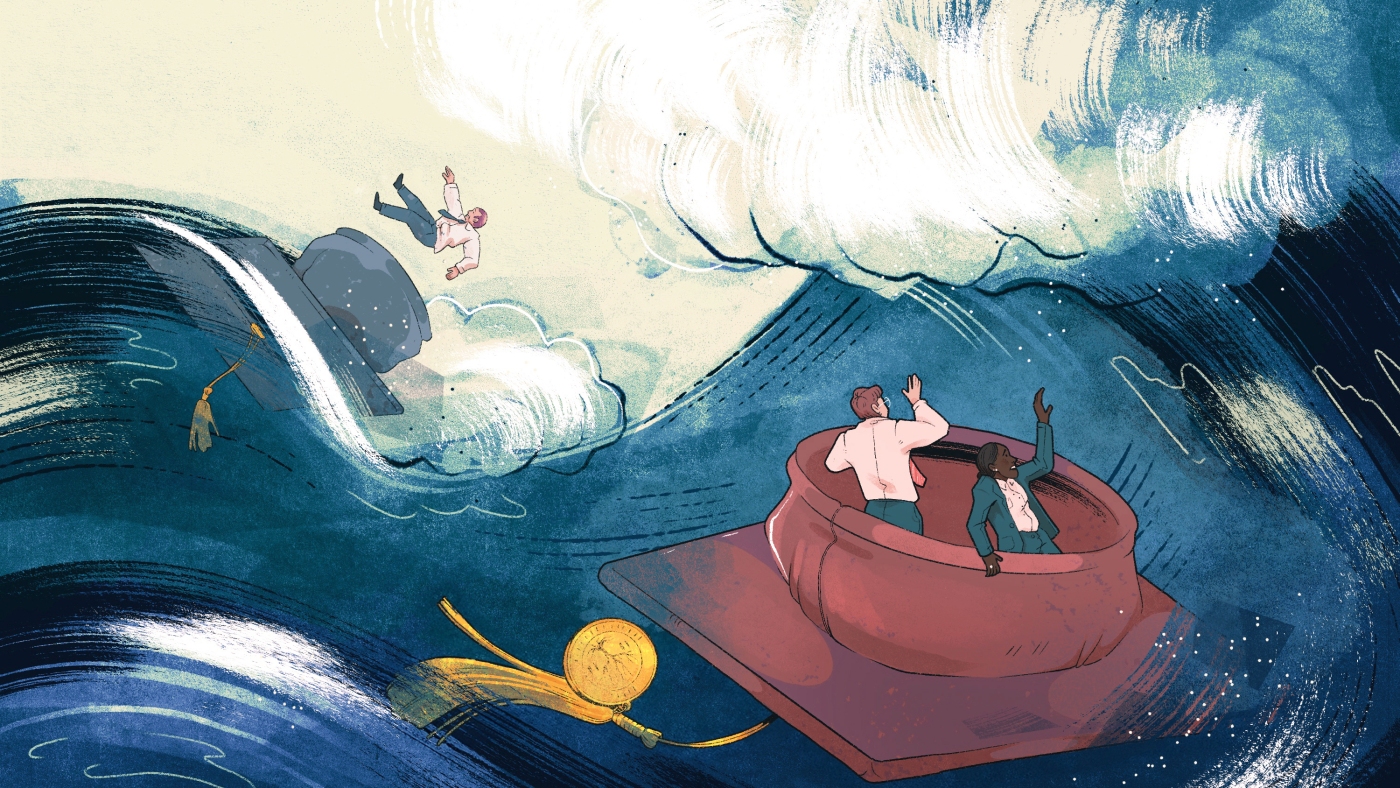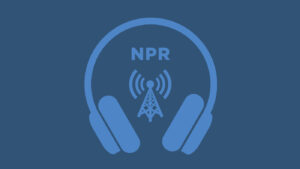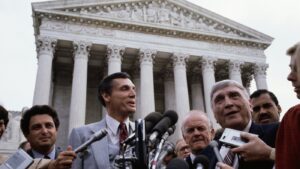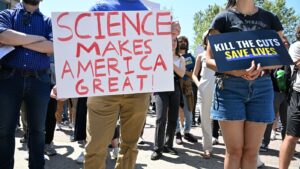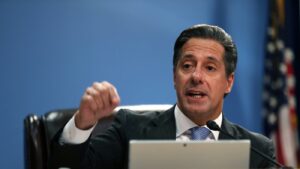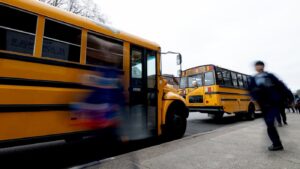Colleges Face Increasing Political Pressure Amid New Challenges
University leaders are navigating a tumultuous landscape as political tensions, federal funding concerns, and accusations of noncompliance with executive orders are generating unprecedented challenges. These pressures have intensified the already complex role of managing higher education institutions.
During a recent discussion, Suzanne Rivera, president of Macalester College in Minnesota, highlighted the difficulties faced by higher education leaders today. “It’s been a challenging time to lead,” Rivera remarked, noting that educational institutions have become focal points for political disputes, making it increasingly difficult to prioritize student welfare.
College administrators are under immense pressure to adhere to federal mandates or face potential funding cuts. This situation is exacerbated by Vice President JD Vance’s assertion that “universities are the enemy.” One college president likened the current atmosphere to a gladiator arena where institutions are subjected to public scrutiny.
Mary Dana Hinton, president of Hollins University in Virginia, echoed these sentiments, expressing her determination to continue supporting education despite the adversities. “It feels like you have to be the calm in the center of a storm,” Hinton said.
Several universities are undergoing federal investigations for alleged antisemitism and noncompliance with diversity guidelines introduced during the Trump administration. Meanwhile, a federal task force is reviewing substantial funding at prominent institutions like Harvard and Columbia, with Brown University potentially facing similar scrutiny.
Andrew Martin, chancellor of Washington University in St. Louis, conveyed the uncertainty surrounding the evolving relationship between the federal government and higher education. “This is uncharted waters for us,” Martin stated, emphasizing the potential impact on research funding, local economies, and employment.
Financial Strain and Potential Layoffs
Universities rely on federal funding for various programs, particularly in scientific research. However, the current climate has led to budgetary constraints, affecting a wide range of disciplines from agricultural projects to health research.
In response to funding cuts, some institutions are considering layoffs or program reductions to balance their budgets. Martin highlighted the broader economic implications, pointing out that Washington University, a major employer in St. Louis, may need to reduce its workforce if financial pressures persist.
Other universities, like Johns Hopkins in Baltimore, have already begun implementing job cuts, eliminating over 2,000 positions recently.
Smaller colleges, which depend heavily on federal financial aid, are also on edge. Suzanne Rivera noted that any reduction in support could severely affect students reliant on financial aid.
Strategies for Navigating the Challenges
Ted Carter, president of The Ohio State University, has drawn on his military background in navigating these challenges. Despite losing significant federal funding, Carter remains committed to maintaining the institution’s mission without resorting to layoffs.
Ohio State is among the universities under investigation for alleged discrimination, although it denies any wrongdoing. In response to recent developments, Carter has opted to close the university’s long-standing office of diversity and inclusion, seeking alternative ways to support all students.
University administrators are engaging with congressional leaders and leveraging networks of college leaders to address these challenges. They are also closely monitoring legal developments and funding battles at other institutions, aware that they could face similar challenges.
Mary Dana Hinton emphasized the importance of protecting academic freedom and fostering environments where students can engage in critical discourse. “What am I going to stand for?” she pondered, recognizing the need to advocate for educational values.
Michael Roth, president of Wesleyan University, stressed the need to safeguard academic freedom as a crucial component of learning. “Protecting these spaces of freedom is an urgent task,” Roth asserted, recognizing the role of educational institutions in fostering intellectual exploration.
Ultimately, Carter remains optimistic, finding inspiration in student engagement. “We don’t teach students what to think. We teach them how to think,” he concluded, reinforcing the enduring mission of higher education.

